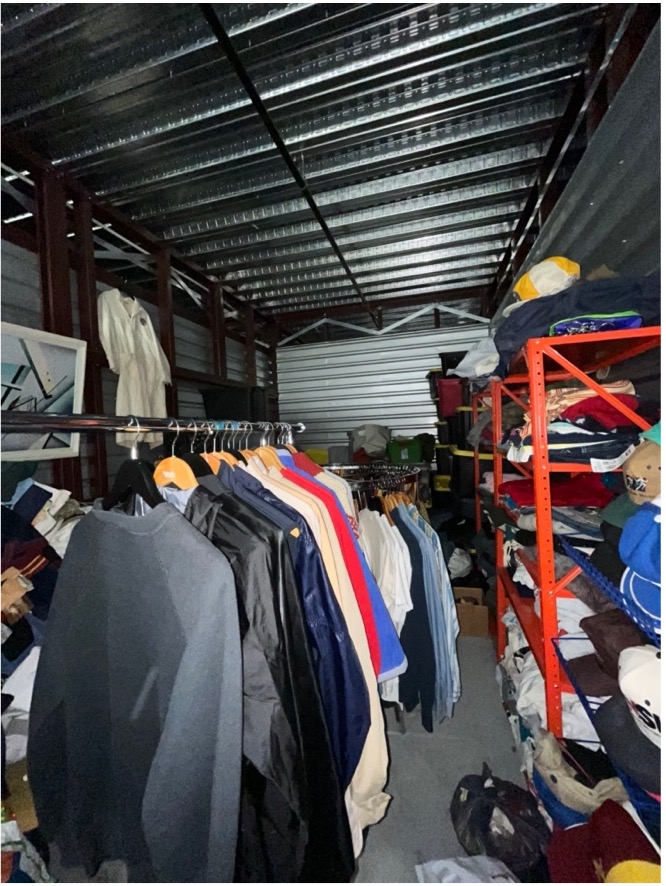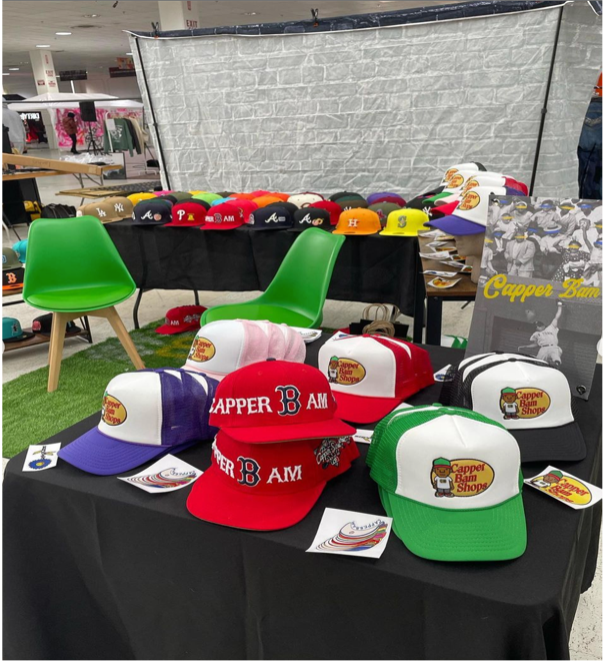Written by: Alejandro Pineda Catalan
From expensive designs with runway shows to casual brands like Nike and Adidas, fashion has always been a trending topic. We’ve even seen iconic sitcoms with stars like “Fran Fine,” who’ve held the most fashionable of personas. Such events, entertainment, and more have allowed millions of people to see and desire a specific look. We’ve seen various types of clothing produced. On one hand, there are clothes made from high-quality natural fabrics, while others are mass-produced with synthetic and cheaper materials.
The fast fashion era has caused significant environmental issues due to overflowing landfills, water pollution, and expansive carbon emissions from production. Fast fashion is a term associated with the mass production of clothing made at cheaper cost. This leads to harmful effects on the environment and on the people who live near waste sites.
Underdeveloped countries are often the victims to which these clothing articles tend to linger. The synthetic materials used take longer to dispose of than natural fabrics. Other times, the same countries end up with excess greenhouse carbon emissions since labor is cheaper in these areas. The combination of cheap work and overproduction in the clothing industry wreaks havoc on those in poverty while further enriching those at the top of the supply chain. This causes dangerous effects and that’s before mentioning the unsafe working conditions.

Alejandro Pineda Catalan/Earth Shiners
As waste not only occurs on land, it also finds its way into our water systems. Studies have shown that over half a million tonnes of microplastics are polluting the seas yearly. The Ocean Blue Environmental News Blog states that exposure to these microplastics can be cancerous to sea life. In addition, Chelsea Rochman’s research has also found that humans incur exposure to these plastics, with them being found in the wild fish caught, processed, and sold in our grocery stores.
Of course, the question arises of what changes are needed to combat the trend of fast fashion and its negative impact. There are many alternatives to being eco-friendly when it comes to style. There has been an inclination towards thrift shopping, upcycling, and an attraction to higher quality clothing. These alternatives have already created essential changes in the fashion industry. For example, there’s been an uptake in vintage clothing in the last decade, and many garments tend to be made of excellent quality.
Thrifting has become a trend, a hobby, and a career for individuals who have a passion for vintage fashion. Many become collectors and can resell clothes from the past decades. Younger generations have become more attracted to this type of fashion and its benefits on the environment. Like the global brands holding popular fashion events, thrift collectors have been striding to open shops and host conventions to display and sell their collections to local communities.
Small changes such as taking better care of your clothes, donating, and being mindful of how often you wash your clothes help the environment. Supporting ethical brands can also assist the trend of buying higher-quality pieces. While smaller, more tuned-in brands are helping fight against fast fashion, global giants are also taking positions in supporting this fight.
Companies like Nike are now implementing recycled materials into their footwear and making clothes that increase sustainability. Their new line, “Forward,” will produce 75% less carbon emission and less manual labor. Levi is also participating in this movement as they are reusing denim to make new products. They have also been committed to less water use during their production process. This isn’t to say brands like this are saving us from harmful practices, but to point out how brands are attempting change.

6figurebam/Instagram
Scraping the surface of this topic can lead us to be more conscious of our habits and which clothing brands we support. You can help by finding different solutions and enjoying the process. Think twice before falling victim to the trends here today and gone tomorrow. Support local brands or make your own custom pieces. Creativity has always been a tool to r
Leave a Reply